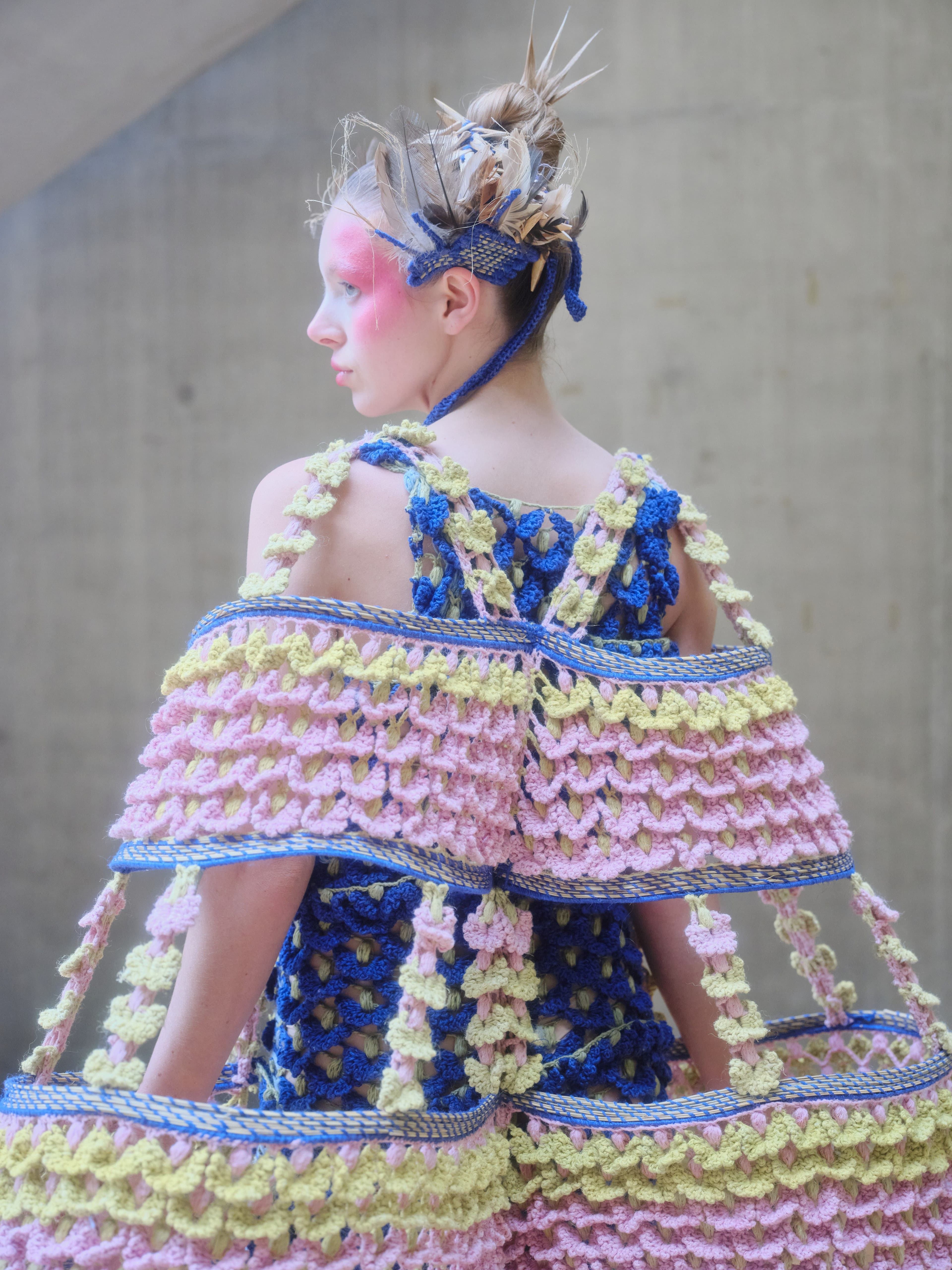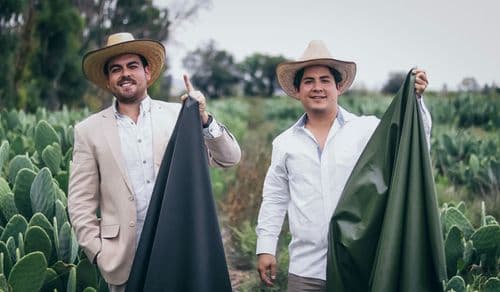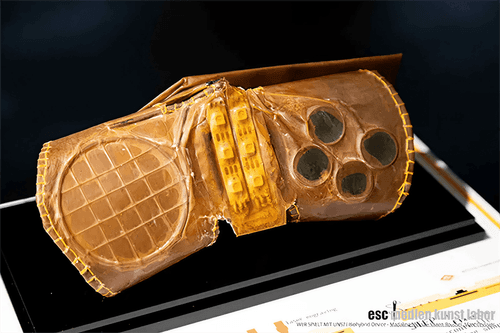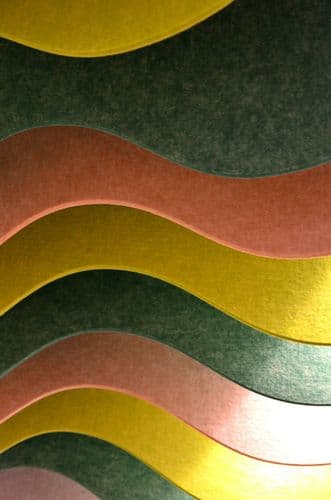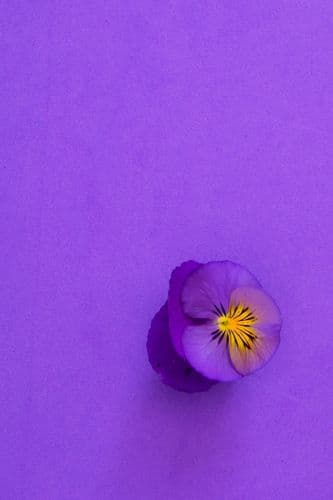Key Points
- Rural greenhouse roots shape ACIEN’s nature-first design and fibre choices.
- Garments use plant fibres and regenerative wool, dyed with natural, GOTS or bacterial methods; pieces are designed to biodegrade safely.
- Invasive plants become dyes and embroidery elements, helping manage local ecosystems while adding texture.
- Social equity is built in: sourcing includes Himalayan nettle via a social enterprise and close farmer partnerships.
- Studio practices minimise energy (manual knitting machines) and tackle MOQs through local collaborations and research links.
Full interview with ACIEN
How has your upbringing in rural Spain, particularly your experiences in your parents’ greenhouse, influenced your approach to knitwear design and the overall philosophy of ACIEN?
Growing up in rural Spain, surrounded by the vibrant life of my parents' greenhouse, profoundly shaped my approach to knitwear design and the philosophy behind ACIEN. My parents are organic tomato farmers, and being immersed in that environment taught me a deep respect for biodiversity and a holistic understanding of regeneration.
From a young age, I was fascinated by the intricate world of insects and plants, often observing them closely with a magnifying glass. Watching the delicate balance of nature unfold, from the way insects interacted with leaves to the effects of pests, left an indelible impression on me.
This upbringing naturally translated into my design philosophy. Just as my parents emphasised the importance of organic, wholesome vegetables, I believe in creating garments that are as mindful and respectful of our bodies and the environment. My knitwear practice is rooted in an appreciation for the origin and story of the fibres I use. I prioritise plant-based fibres and meticulously consider their impact on local ecosystems.
Working with natural dyes, bacterial dyes, and GOTS-certified dyes has deepened my appreciation for the environmental implications of colour and water consumption in the dyeing process. Each piece I create is a story about the beauty and complexity of nature, reflecting a commitment to regeneration, sustainability and a reverence for the intricate connections that sustain life. At ACIEN, we craft to honour these connections, crafting knitwear that is not only beautiful but also mindful of the world we live in.

Could you elaborate on how ACIEN incorporates regenerative principles into the lifecycle of its garments, particularly focusing on the soil nourishment process?
At ACIEN, we are committed to incorporating regenerative principles into the lifecycle of our garments, with a particular focus on soil nourishment. Our pieces are crafted from plant-based fibres and regenerative merino wool, dyed with either natural dyes or GOTS-certified dyes. This ensures that our garments biodegrade naturally, without the need for industrial composting.
We take a holistic approach to embroidery as well, using invasive canes instead of plastic beads or microplastics, which aligns with our regenerative philosophy. Our fibre selection includes a diverse range of materials such as pineapple, nettle, Tencel, organic cotton, bamboo, hemp, and regenerative merino wool. This diversity not only enriches our designs but also supports sustainable agriculture and soil health.
A key part of our soil nourishment process is the use of natural dyes derived from various plants. In our latest collection, we collaborated with biodesigner Xue Chen to explore the potential of invasive plants, and she designed and explored the different colours invasive plants could make us obtain. These plants, often introduced by humans into non-native ecosystems, can overgrow and disrupt local biodiversity. By using these invasive plants for dyeing, we help manage their spread and repurpose them for positive use. This approach not only reduces environmental harm but also enhances the biodegradability and nutrient value of our garments when they return to the soil.
ACIEN garments are designed to be more than just aesthetically pleasing; they embody a philosophy of positive environmental impact. By focusing on regenerative practices, from fibre sourcing to natural dyeing, we ensure that each piece contributes to the health and vitality of our planet.
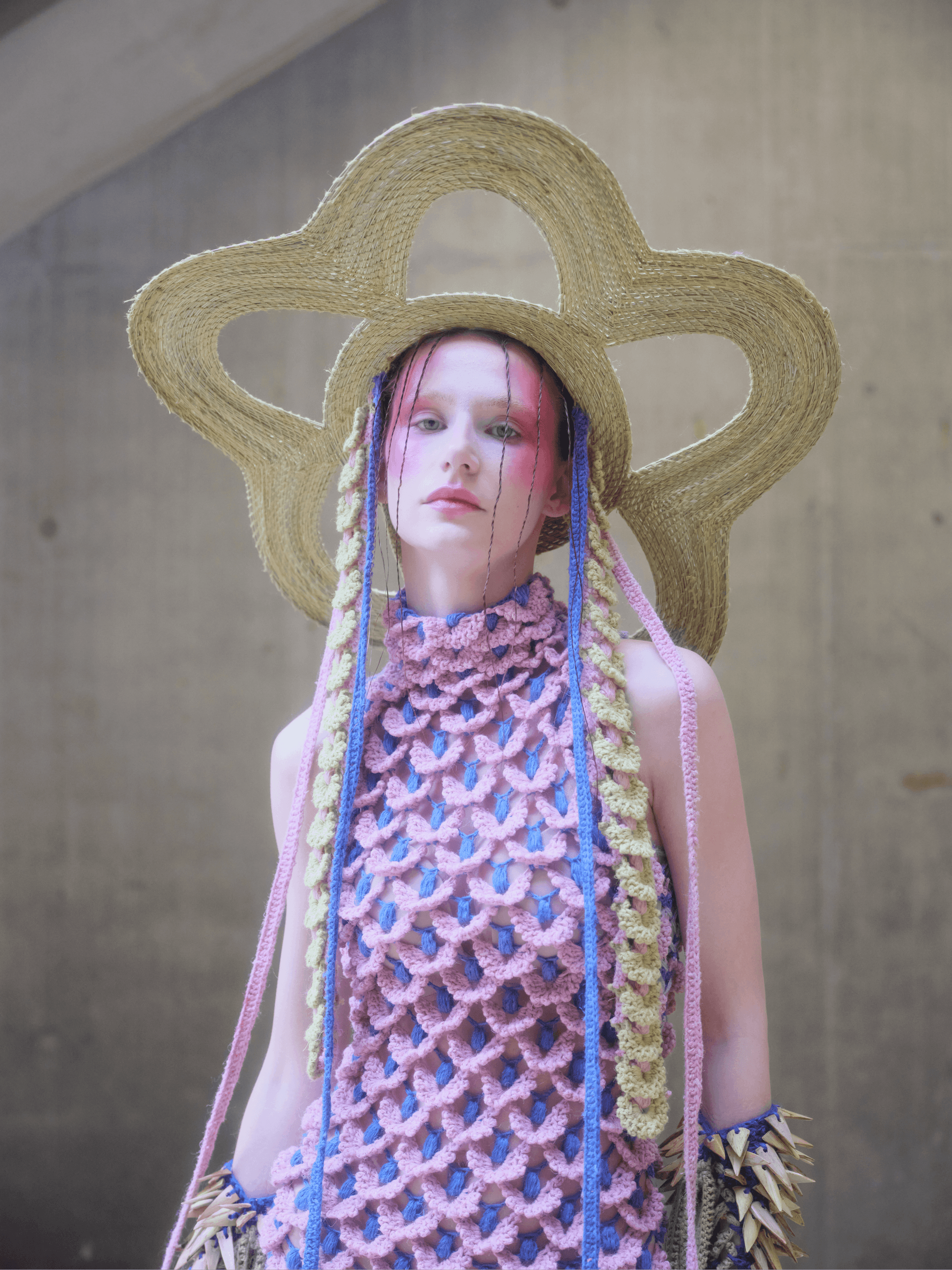
Can you discuss the scientific collaboration behind your bacterial dyeing process? What makes this technique more sustainable compared to conventional dyeing methods?
My first encounter with bacterial dyeing occurred while working as a Knitwear Designer for LVMH on the ‘Rewilding Textiles’ project, which we showcased at Future Fabric Expo 2022. This experience revealed the transformative potential of bacterial dyes in creating a positive shift in the fashion industry.
For ACIEN’s latest collection, ‘Regenerative Folklore’ we embraced bacterial dyeing, collaborating with Paula Corsini, head of the Central Saint Martins Laboratory, to cultivate bacteria directly on our garments. The process was captivating as we selected the colours we wanted the bacteria to produce, resulting in unique, one-of-a-kind pieces. The unpredictable nature of bacterial growth means each garment features a distinct pattern, with varying intensities of colour that can't be replicated.
Bacterial dyeing stands out for its remarkable sustainability benefits. This method uses six times less water than conventional synthetic dyes, which is significant given the fashion industry's notorious water consumption. By reducing water usage, bacterial dyeing helps conserve a vital resource and lessens the environmental impact of textile production. Furthermore, bacterial dyes are derived from natural processes, eliminating the need for harmful chemicals commonly used in synthetic dyeing. This reduces pollution and enhances the biodegradability of the textiles, ensuring they return to the earth harmlessly.
The potential for bacterial dyes extends beyond just water conservation. This innovative technique exemplifies how merging science and fashion can lead to eco-friendly advancements. If widely adopted, bacterial dyeing could drastically cut down on the water footprint of the fashion industry, mitigate chemical pollution, and promote a circular approach to textile production. By investing in and developing bacterial dyeing, we pave the way for a more sustainable future, where fashion contributes positively to the environment rather than depleting it.
At ACIEN, we are passionate about driving this change. Our collaboration with scientific experts and our commitment to using sustainable practices reflect our dedication to making a meaningful impact. Through bacterial dyeing, we not only create beautiful, unique garments but also champion a method that aligns with our values of regeneration and environmental stewardship.

Regenerative fashion not only addresses environmental issues but also social justice. How does ACIEN contribute to social equity within the communities it engages with?
At ACIEN, we believe that regenerative fashion addresses not only environmental issues but also social justice. It is essential for us to consider the impact our garments have on both the wearers and the creators. The new collection we are creating was showcased at The Conduit in Covent Garden as a sneak peek and embodies this commitment by incorporating fibres such as Regenerative Wool from France and Himalayan Nettle from Nepal, sourced through a social enterprise. We are proud to partner with Woven Beyond, a company that connects designers with farmers, fostering a direct and meaningful relationship between production and creation.
Our exploration of the Himalayan nettle, a natural fibre cultivated by indigenous communities in Nepal's highlands, exemplifies our dedication to social equity. The enterprise harvesting these fibres operates not just as a supplier but as a catalyst for socio-economic progress in Nepal's Dolakha District. By providing fair compensation and economic opportunities, particularly to marginalised groups, we help ensure a more equitable distribution of wealth. In regions where subsistence agriculture is predominant, the additional income from wild plant harvesting during off-seasons becomes vital. It empowers families to meet basic needs and invest in their futures, turning nettle cultivation into a conduit for sustainable development and community resilience.
Furthermore, our collection integrates dry branches from the Spanish mountains into the weaving process, particularly for hat caps. These weaving techniques, taught to me by my grandmother three years before her passing, hold deep personal significance. They symbolise our female genealogy and cultural heritage. By incorporating these branches and traditional methods, I am dedicated to preserving and honouring ancestral techniques, highlighting the importance of intergenerational knowledge. This approach allows us to engage deeply with our roots, recognising the unique essence of each culture and the richness it brings to our collective identity.
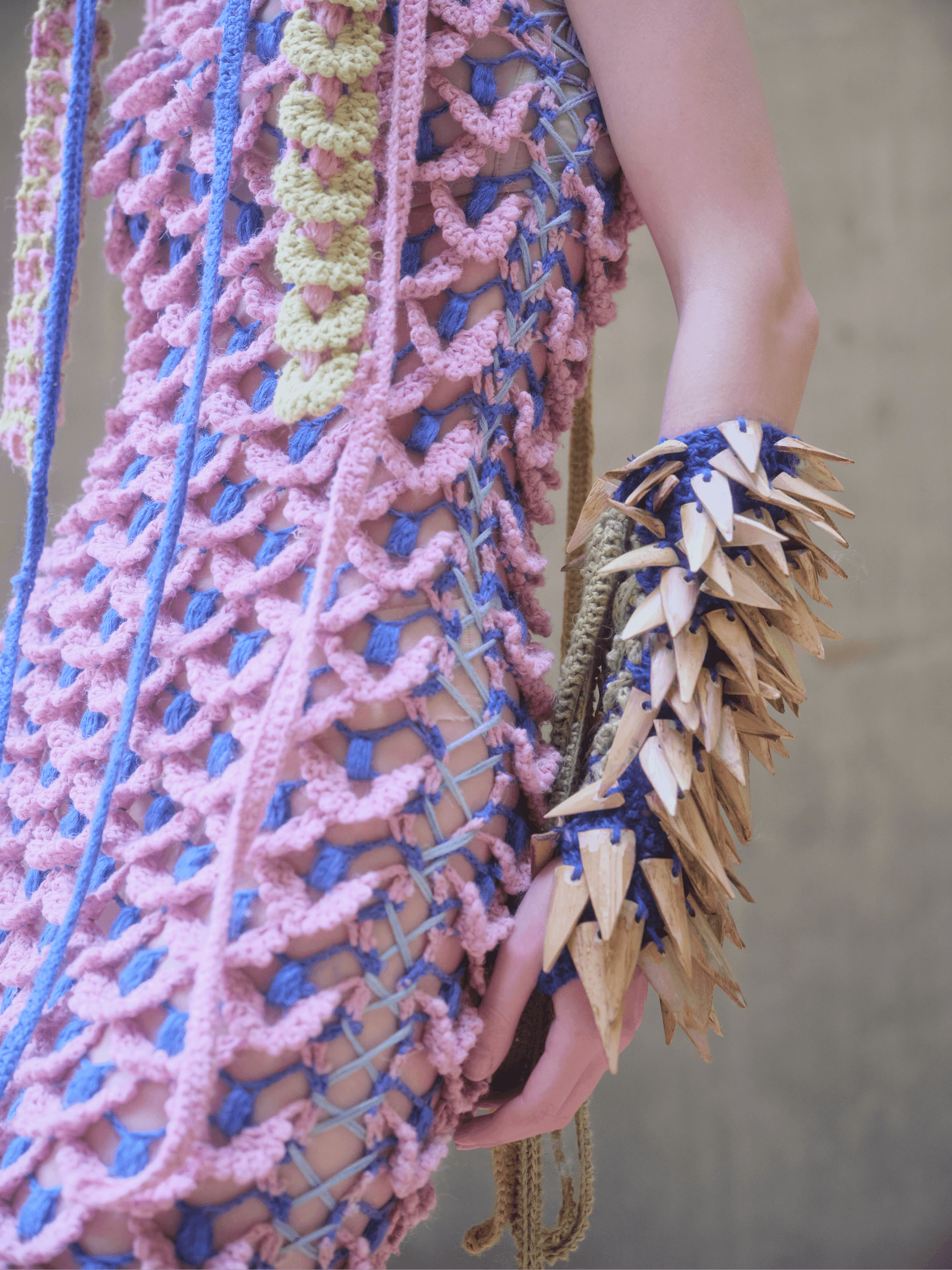
Utilising invasive plant species for embroidery is quite innovative. How did this idea come about, and what impact has it had on local ecosystems and the farmers you collaborate with?
Utilising invasive plant species for embroidery is a cornerstone of ACIEN’s innovative approach, and it has roots deeply embedded in my personal history. Growing up in a family of farmers, I witnessed the challenges my parents, grandparents, and uncles faced with invasive species that disrupted local ecosystems and negatively impacted their organic farming practices. Invasive plants attract specific insects and animals, which can be problematic for the balance needed for sustainable agriculture.
One particular invasive cane plant had been a persistent problem near my parents' greenhouses in Almeria, Spain. This fast-growing species threatened local biodiversity and posed significant difficulties for organic farmers. One day, while helping my father clear these invasive plants, I had an epiphany: why not repurpose these canes for embroidery? This realisation sparked a transformative shift in my creative practice, turning a local ecological problem into a unique design solution.
By incorporating this invasive cane species into our embroidery, we not only mitigate the negative impact of this invasive species on local ecosystems but also bring an element of sustainability and innovation to our designs. This practice supports local farmers by helping them manage these troublesome plants, providing an additional layer of ecological benefit. It also strengthens the bond with my family, as these activities connect us more deeply with our land and our heritage.
This initiative highlights the importance of family in my creative process and the development of ACIEN. It allows me to weave personal history and environmental stewardship into the materials of our brand. Through this approach, we demonstrate how fashion can play a vital role in addressing ecological issues while fostering a deeper connection to the natural world and the communities we work with.

What are the biggest obstacles you face in advancing regenerative fashion practices within the industry?
Advancing regenerative fashion practices within the industry presents significant challenges, but we at ACIEN are committed to overcoming them with creativity and innovation. One of the biggest obstacles we face is accessing the innovative and sustainable fibres we use in our collections. Many of these fibres are new to the industry and require large bulk orders for production. As an emerging brand producing limited quantities, we often encounter minimum order quantities (MOQs) from yarn spinners, which creates a substantial barrier.
Rather than let this deter us, we see it as an opportunity to collaborate with local spinners and retailers who can meet our smaller quantity needs. These partnerships not only support our production goals but also strengthen our commitment to local economies and sustainable practices.
Another challenge is the high cost and limited availability of laboratory spaces equipped for our scientific collaborations. Working with cutting-edge techniques, such as bacterial dyeing, requires specialised equipment that is not always accessible. In our latest collection, we were fortunate to collaborate with Paula Corsini, the head of the Central Saint Martins Laboratory, giving us access to their advanced machinery. However, such opportunities are rare and expensive, limiting the scope of our research.
To address this, we are actively expanding our network of scientists and researchers who share our vision of merging science and fashion. We are also dedicated to raising funds to support our ongoing research efforts. We believe that with the right resources and collaborations, fashion can lead the way in addressing critical issues like water consumption and biodiversity conservation.
By building strong relationships with like-minded professionals and securing financial support, we aim to continue pushing the boundaries of what is possible in a regenerative fashion.

Looking forward, what new materials or technologies are you exploring to further enhance the sustainability of ACIEN's collections?
ACIEN is passionately exploring new materials and technologies to enhance the sustainability and circularity of our collections. We are excited to work with regenerative merino wool from France and Himalayan nettle from the highlands of Nepal. By focusing on these fibres, we gain deeper insights into the lives of the farmers who produce them and ensure our contributions positively impact their communities. This transparency fosters a direct connection between our brand and the individuals behind our materials, reinforcing our commitment to ethical and sustainable practices.
In our London studio, we are also expanding our technological capabilities as the company grows. Recently, we've upgraded our machinery to improve efficiency and sustainability. One significant addition is our manual knitting machines, which do not require electricity. This allows us to produce our garments without relying on external energy sources, significantly reducing our carbon footprint and aligning with our ethos of low-impact production.
By continuously seeking out innovative materials and sustainable technologies, we aim to push the boundaries of regenerative fashion. With each step, we are committed to making a positive impact on both the environment and the communities we work with, setting new standards for the future of fashion.
--
Acién won the Maison/0 x LVMH Green Trial Award and the Frameworks Knitters Award and showed her work at London Fashion Week, The Future Fabric Expo, Dutch Design Week and Tate Modern. Silvia was featured in magazines such as VOGUE, The Wall Street Journal, Vanity Fair, El País, Talking Textiles, Office, Rebel, Sunday Girl, Experimenta, FGUK, Sicky, Malvie, Hunter, Sleek and Aether. She also participated in several Fundraising catwalks and won the Central Saint Martins Nike project.
ACIEN is a regenerative fashion brand dedicated to circularity in every aspect of our product development and operations. We use sustainable materials like Himalayan nettle, wool, pineapple, and hemp to create biodegradable garments free from harmful chemicals. Our innovative dyeing processes employ GOTS-certified dyes, bacteria, and invasive plants to ensure non-toxic biodegradation and local biodiversity conservation.
